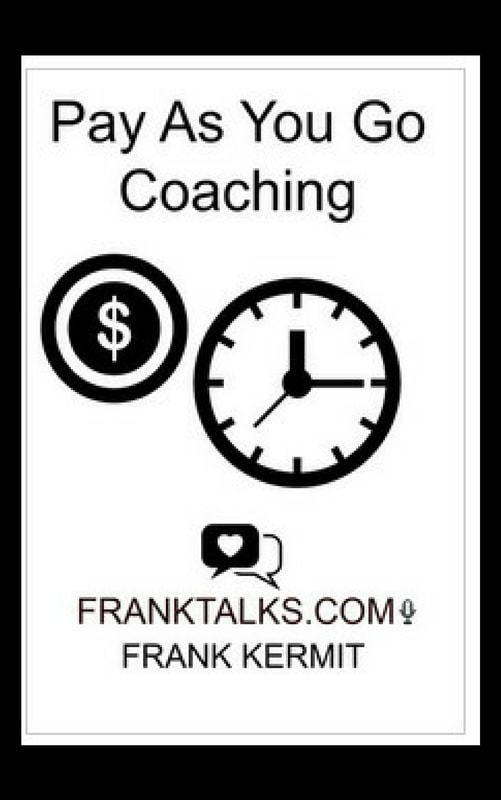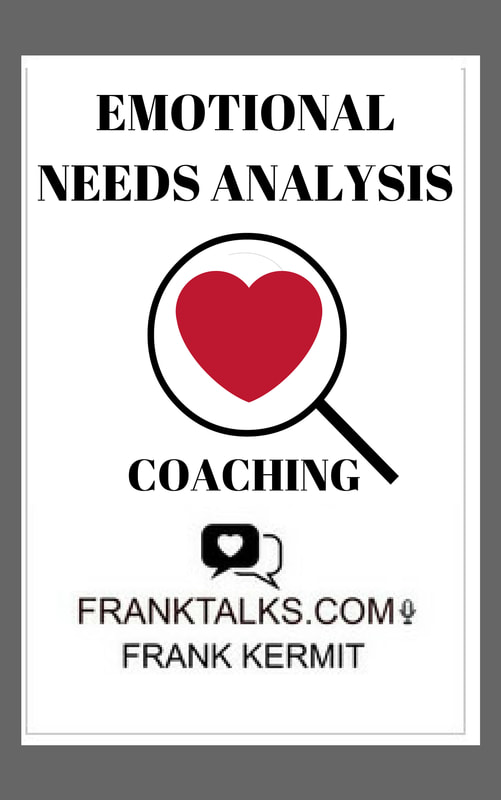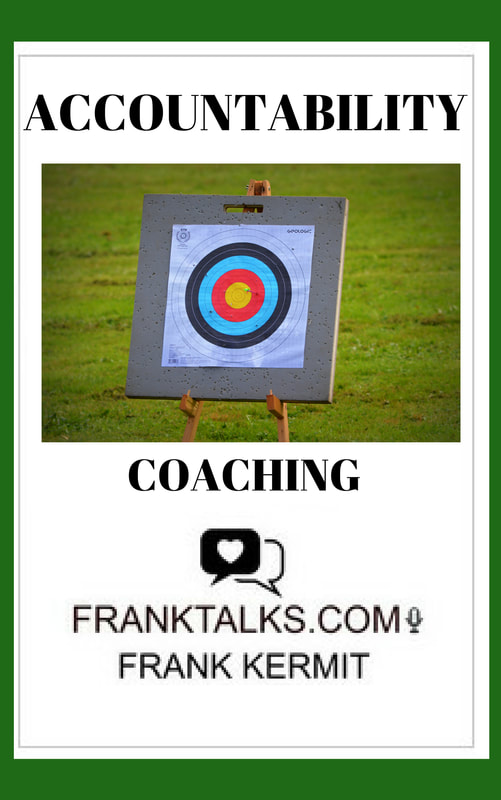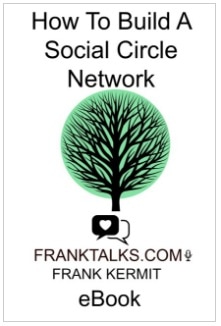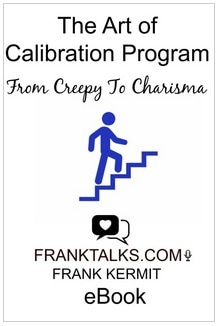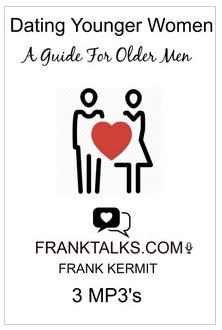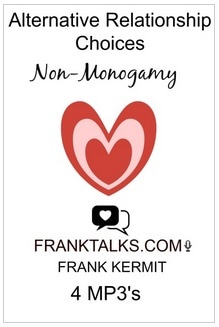|
Socializing With An Autistic Person : Things to keep in mind by Remrov Published February 3, 2017, and Updated March 31, 2018 My name is Remrov and I have classic autism. When I write about autism I always start by saying that no autistic person is the same, but we do have a lot of difficulties in common. More and more people are diagnosed with autism lately. I believe that this is not because there are more autistic people than twenty years ago, but there’s a lot more knowledge about it, so it's recognized a lot easier. I see it as a good thing that more people are being diagnosed, because they don’t have to go through life wondering why everything is such a struggle for them, like I have been doing the first twenty-one years of my life. There's a big chance that you have, or will have, an autistic person in your social network, and when socializing with that person it is good to keep a few things in mind. Socializing in the first place can be very difficult for autistic people. This has a few different reasons. The first reason is communicating. Communicating doesn’t go automatically with many autistic people. Many of us are image thinkers. In our minds we have to translate spoken words into images, so that we understand what you are saying. When we communicate back to you we have to do the same. This can take some time, and it's also tiring. It’s good to have a bit more patience when talking to an autistic person. Another reason why socializing can be difficult is sensory sensitivity. Many autistic people struggle with sensory issues. All kinds of sensory input from our environment come in extremely hard and all at the same time. We can't filter out sensory information that is important to us. Every detail of sensory input is just as important, and processing everything all at once can be extremely overwhelming. Let me take a dinner party as an example: A dinner party is something that I haven’t been part of very often, because I find it too difficult. During a dinner party there can be many people present. And the more people there are, the more conversations go on at the same time. When I’m in a big group, it's almost impossible to have a conversation myself. I hear all the other conversations just as loud, and I can’t filter out the voice of the person I am talking too. In a situation like this you might notice that an autistic person won’t say anything, or won’t interact with anybody. This is not because we don’t want to have a conversation, but it’s too difficult for many of us. It's good to be aware of this and try to keep your voices down a bit, or to have only one conversation with the whole group, in which the autistic person can participate. The location of a dinner party is also important. If it’s at somebody’s home, we don’t have to worry about many other noises than the ones the people make at the dinner table. A dinner party in a restaurant on the other hand, will be more chaotic because there are many other people having conversations as well. In situations like this it might be a good idea to invite an autistic person to go outside for example, to have a conversation one on one. Another thing to keep in mind is that many autistic people take language very literally. During parties people often like to joke or to use metaphors. You might notice that an autistic person is the only one not laughing when a joke is made, or that he or she will take a metaphor too literally. A good thing is to take this under consideration and to adapt your use of language a bit. One other thing that is very important to know is that many autistic people don’t like to be touched. Tapping people on the shoulder, tickling, splashing water -- things that can be funny for many people, but can be very agonizing for an autistic person, and a reason to get upset. There are also autistic people who will pretend they liked it because they want to fit in, but nonetheless they definitely don't enjoy it. It's good to take this under consideration and not do this to an autistic person. Autistic people want to be part of things; they want to have friends and fun like everybody else. But some adaptations need to be made. If everybody understands this and takes this under consideration, a party can be fun for everybody and autistic people can participate instead of staying at home. Below are two youtube videos that Remrov produced:
Remrov is an autistic savant and self-taught artist who makes photorealistic pencil drawings of everything he finds interesting, mainly animals. Because of his autism he sees the whole world in tiny little details. His drawings tend to be this way too, very precise and detailed. Besides being an artist, Remrov also devotes his time on raising awareness and understanding about autism. In 2015 he started making videos in which he shares his experiences and talks about many different topics related to autism. Remrov also gives presentations about autism on a regular basis, and people can hire him for a consult. Remrov’s goal is to pass on everything he has learned and everything that helped him to other autistic people and their families, and everybody else interested in the topic. If you like to see Remrov’s drawings, please visit his website: www.remrovsartwork.com If you like to learn more about the services Remrov provides, please visit this website: www.remrovsautism.weebly.com
0 Comments
Leave a Reply. |
Categories
All
Archives
June 2024
NDG Encore Singing Chorus **** Every Friday Night Dr. Laurie Betito Quotes
|
|
FRANK KERMIT MA
EXPERT RELATIONSHIP COACH HELPING PEOPLE CONNECT |
ALL COACHING IS BY TELEPHONE OR SKYPE ONLY INTERNATIONAL CLIENTS ARE WELCOME *INTERNATIONAL CLIENTS ARE RESPONSIBLE FOR LONG DISTANCE PHONE CHARGES, +1 Canada/USA* SKYPE IS PREFERRED. IT'S FREE AND EASY TO USE FROM ANYWHERE IN THE WORLD TELEPHONE: +1-514-680-3278 EMAIL: [email protected] SKYPE: frank kermit PLEASE NOTE THAT ALL SALES ARE FINAL. NO REFUNDS OR EXCHANGES
|

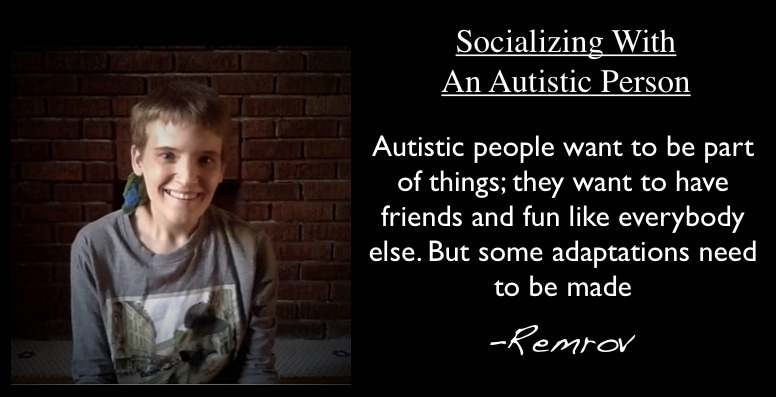
 RSS Feed
RSS Feed


